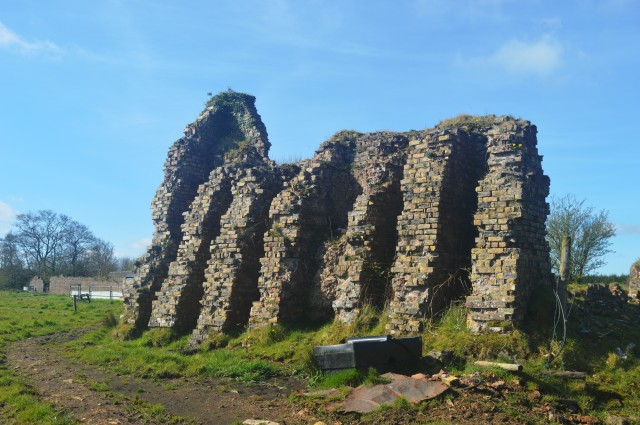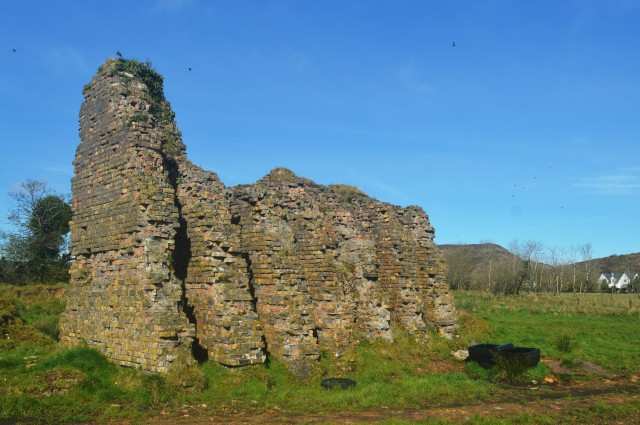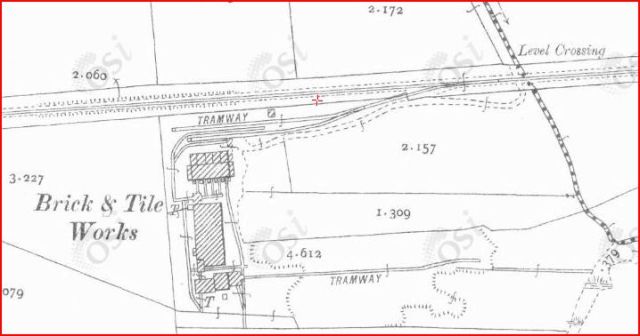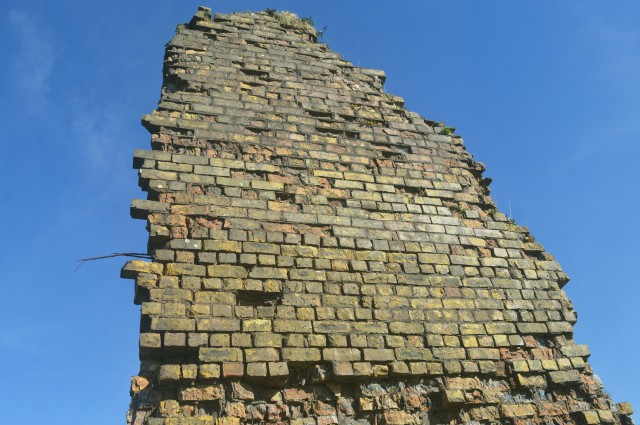 Since 2017 I have been working as a carer/PA, after completing a full-time QQI Level 5 course in Healthcare Support. Since then I have been working with a company doing home-visits across Co. Sligo in mostly rural areas. A good part of my time is spent driving to the next client and there are often gaps between calls as well. Right from the start I have been using this time to explore and make work (the perfect job for someone like me?). This is how I discovered and continue to document Knoxpsark and located many of the sites from Keystone23: Accidental Archive. I am currently working on a project directly relating to working as both a carer and an artist for Sligo Co. Co. Arts Office which will be exhibited in a group show at Sligo’s Hyde Bridge Gallery in October 2019.
Since 2017 I have been working as a carer/PA, after completing a full-time QQI Level 5 course in Healthcare Support. Since then I have been working with a company doing home-visits across Co. Sligo in mostly rural areas. A good part of my time is spent driving to the next client and there are often gaps between calls as well. Right from the start I have been using this time to explore and make work (the perfect job for someone like me?). This is how I discovered and continue to document Knoxpsark and located many of the sites from Keystone23: Accidental Archive. I am currently working on a project directly relating to working as both a carer and an artist for Sligo Co. Co. Arts Office which will be exhibited in a group show at Sligo’s Hyde Bridge Gallery in October 2019.
During the course of my work I can often drive the same stretch of road up to four times a day (sometimes more). Overtime I gradually register more and more details and aspects of these routes, even when just speeding by I can notice something I hadn’t seen before, but especially when I have the time to get out and look.
 There is a road I regularly take between Collooney and Coolaney, in the townland of Tullaghan, and for a long time I assumed that the mound in the field to the left hand side of the road (facing south) was a pile of disintegrating hay that was slowly rotting away. I liked its shape and how it looked in the landscape and wanted to take a photo of it someday, so one bright morning in March this year I took my opportunity. I knew it would be just catching the sunrise and looking its best.
There is a road I regularly take between Collooney and Coolaney, in the townland of Tullaghan, and for a long time I assumed that the mound in the field to the left hand side of the road (facing south) was a pile of disintegrating hay that was slowly rotting away. I liked its shape and how it looked in the landscape and wanted to take a photo of it someday, so one bright morning in March this year I took my opportunity. I knew it would be just catching the sunrise and looking its best.
I parked the car and walked down a field access lane and then onto the disused Collooney – Claremorris railway line (also known as the Western Rail Corridor) and walked down to the mound. As I got closer I realised it wasn’t hay but brick. I was pretty surprised and didn’t know what it could have been, perhaps the remains of some New Jerusalem out here in the Big Nothing! I didn’t have much time as I was on my way to a client but I quickly took a few photos from the line without crossing the fence to get a better look. I mentioned it to my client later and as often happens they were able to tell me a little about it.

Luckily next I had another break so this time parked in the village of Coolaney itself and walked the railway line back to where I’d been in the morning and got to explore the site more fully and take these photos. At six points on one side of the main building there are what look to me like openings for grates, so maybe this is where the bricks were actually fired? Later I found a PDF of Michael Farry’s Kiloran and Coolaney (1985), which states that this site has been a brick-works since at least 1858 but that the buildings we now see date from 1906, when a larger brick and tile works was in operation. This venture proved unsuccessful and it closed for good soon after in 1911 (see pg. 153). I also found it marked on the OSI map above. The tramway lines are gone or have become covered over but there are the remains of a few other buildings (some may have been converted for farm use). I thought it was worth sharing these photos and information here as I don’t believe it’s widely known about anymore.
It was fascinating for me to stumble on such a tangible but hidden piece of our history. While the land is private, you can still get to see it from the road or railway line. I’ve marked its location on Googlemaps here (scroll down the list).
Stephen Rennicks


Dear Stephen,
Just seen your excellent article on the Tullaghan Brick and Tile Works. My grandfather was Tommy Young mentioned on page 153 of Michael Farry’s social history. I made a wonderful trip to Sligo when doing my family history and by pure chance met Michael Farry at the Sligo Information Centre. He told me about the brickworks and I was able to visit. Michael was very helpful and from what I found out Tom Young left Sligo in 1916 and he, my grandmother and their daughter returned to Kent in England. In 1920 they sailed to Kenya where Tom’s daughter met my father and married there. Tom owned the Nairobi Brick and Tile works. It was a very special journey for me to visit Sligo and see where my grandfather worked and my wife and I fell in love with that beautiful part of Ireland.
LikeLike